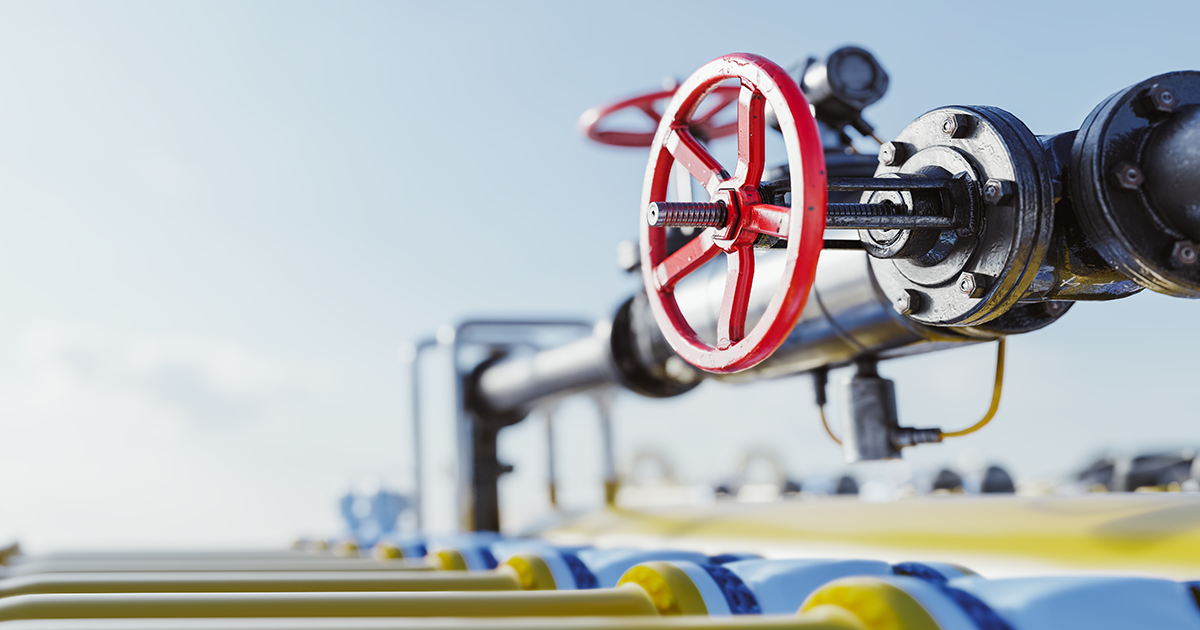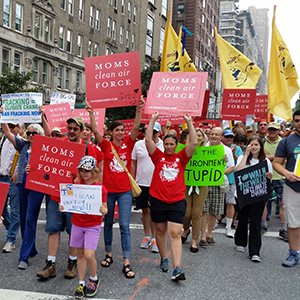You’re probably hearing a lot about hydrogen as a possible form of clean energy. Its potential to help us transition from fossil fuels has led to $600 billion worth of investments in hydrogen projects worldwide. In the United States alone, the Biden administration has an $8 billion plan for up to 10 regional hydrogen hubs, which are networks of hydrogen producers and consumers in close proximity.1 This is a historic investment for the Department of Energy.2, 3, 4
But when it comes to the production of hydrogen energy and the new technology being developed to transport, store, and use it, nothing is black and white. Of the three types of hydrogen currently being widely promoted, only one of them is being produced at scale, and only one of them is green—meaning it is created with renewable energy rather than fossil fuels.5 There are also concerns about hydrogen from an environmental justice perspective.
Here are a few key things to know.

Hydrogen production
The degree of hydrogen’s climate benefit depends on how it’s made. Hydrogen production can be confusing, but here are the basics of the three most common kinds: “gray,” “blue,” and “green.”

The basics
Hydrogen is an abundant chemical element found in most living things, and in water, the sun, and stars. As a low-density gas, it can easily be used as fuel, but only after being separated from the elements it typically bonds to, like carbon and oxygen.14 Hydrogen can be produced from a variety of resources, including natural gas, nuclear power, biomass, solar, and wind.15 Some of these have less impact on global warming than others. At present, hydrogen is mainly used in fertilizer production and oil refining.16 Hydrogen enthusiasts envision a future where it’s used for everything from home heating to cooking, although electricity is currently less expensive and easier to use for these applications. Hydrogen could eventually prove useful for sectors without other easy solutions, like aviation and maritime shipping.17
Hydrogen concerns
Hydrogen is a tiny, hard-to-contain molecule that can easily leak during all phases of production, transport, and storage. There is currently no technology to contain leakage at any of these phases.
Scientists do not fully understand the risks of hydrogen leaks yet, or the ways they may contribute to climate change.18 Hydrogen emitted into the atmosphere has the potential to dangerously fuel global warming by amplifying the effects of other greenhouse gases.19 Ongoing research suggests this impact has been significantly underestimated so far.20 This means hydrogen energy may actually be worse for the climate than fossil fuels, especially in the short term.21

What are environmental justice concerns around hydrogen?
Air and water pollution associated with making gray and blue hydrogen from natural gas are of concern to communities where hydrogen production and storage facilities are or will be located. Localized health impacts linked to refining the natural gas used to produce gray and blue hydrogen can include increased respiratory and heart disease, cancer, and even premature death.22
Communities of color are far more likely to live near facilities where hydrogen is produced and stored, owing to historically racist practices like redlining.23 Existing natural gas storage infrastructure is also disproportionately located near low-income communities and communities of color.24
Making green hydrogen requires huge amounts of water, which is a problem in areas already stressed by lack of water. In addition, there is air and groundwater pollution associated with extracting minerals needed for stripping hydrogen from oxygen.
Some environmental justice and frontline groups have been historically opposed to natural gas pipelines in their communities.25, 26 These pipelines are being considered as a way to transport hydrogen, possibly blended with natural gas. Hydrogen is corrosive, so existing pipelines may require retrofitting or new pipes may have to be built. Safety research is currently being conducted.
Takeaway
There’s an urgent need for low-carbon energy sources. Still, when it comes to hydrogen, there are a number of red flags and it may distract from a rapid and equitable transition away from fossil fuels.
At present, hydrogen is largely made with fossil fuels—a threat to climate and public health. We do not yet know the consequences of building this emerging technology at scale. We should proceed with caution and prioritize green hydrogen, produced without harmful climate pollution, especially when there’s no easier solution. Hydrogen leakage requires better monitoring and measuring, as well innovation to try to stop leaks.27 Hydrogen storage and fuel cells—emerging technology—must be durable and efficient. Investment in new infrastructure could keep hydrogen from moving through leak-prone natural gas lines.28 When existing green electricity is faster, cleaner, and more effective than creating green hydrogen, it should be used.29, 30 And critically, the impacts on the communities that live closest to hubs must be weighed alongside every potential use for hydrogen.

Full list of sources.
Released: March 2023




